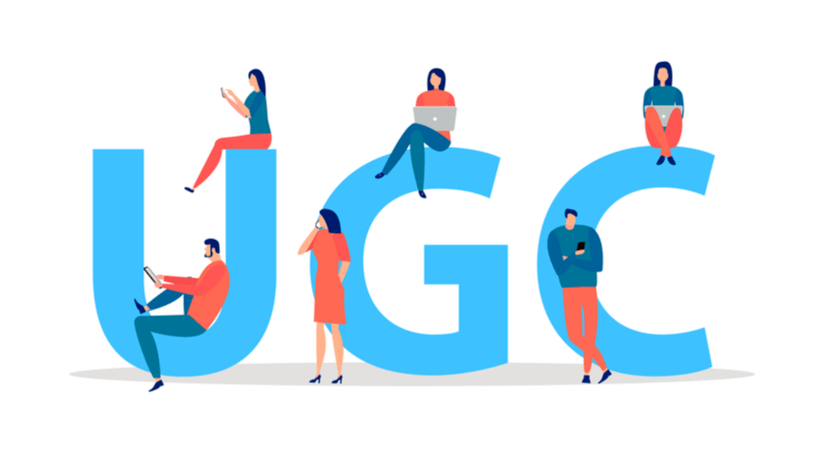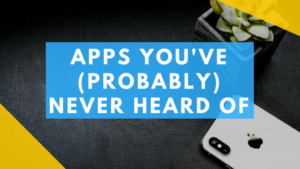The Scope of User Generated Content
We are moving in the 21st century and everything is evolving very rapidly. With the availability of the internet and online mediums, the content generation process is changing. Digital marketing is a requirement for every business and it helps in growing any business.
If you have a dependable internet connection, you can use it to create user-generated content that is in demand nowadays. You may check to get your hands on a seamless connectivity internet service provider like HughesNet Internet. With a reliable internet connection, you can utilize online mediums to generate content that can be profitable for you in the long run. Moreover, if you ever face issues with your internet connection, you can reach out to HughesNet Customer Service right away and report your issues.
This article will talk about why User Generated Content (UGC) is leading social media marketing and how this strategy is a key element in order for businesses to achieve success in this new digital era.
What is a UGC?

User-generated content (UGC or UCC), is the term coined for any form of content, such as images, text, videos, and audio, that has been posted by users via online platforms such as social media, wikis, and discussion forums. The product is created by consumers in order to disseminate information about online products or the firms that market them.
When it comes to social media marketing, UGC is a force to be reckoned with, its use has been prominent in online advertising, particularly among millennials (the first generation to access social media when growing up).
In the last few years, companies have been exploring these techniques in their marketing strategies, with campaigns like Starbucks’ “White Cup Contest” (customers entered a competition to create the best doodle on their cups) and Coca-Cola’s “Share a Coke” (customers uploaded images of themselves with Coke bottles that had their names on them).
How can UGCs benefit brands?
User-generated content comes with a wide variety of benefits for brands, the first being that it puts customers front and center, giving them a chance to tell other potential clients about their experience with their own voice, giving it credibility from one consumer to another. Other benefits of UGC include:
- Providing social proof by deeming certain businesses (like locations) “Instagram worthy” in order to invite customers over and promote it.
- Saving money on content creation. The people who post about the business on social media are already creating it for the respective platforms.
- Encouraging more engagement with users, with more chances that the content will be shared.
- Building trust with customers and providing SEO value, with better traffic driven to brands and their websites.
- Increasing follower count on social media platforms.
According to studies by Bazaar Voice, 64% of millennials and 35% of baby boomers want to show their opinions online, while 35% of Gen Z trust UGC. Statistics show that 92% of potential customers seek reviews from existing customers and 64% of customers look for ratings before they process a checkout.
These numbers prove once more the credibility of UGC when it comes to its success in digital and social media marketing, regardless of the demographic and generational gap. This has a lot to do with the engagement of a brand. A great advantage of social media is that it showcases a brand’s more human side, giving it more relatability.
What platforms can be used for UGCs?
User-generated content can be used in all social media apps (such as Instagram, Twitter, Facebook, TikTok & LinkedIn), as well as other written and audiovisual platforms alike (YouTube, newsletters & wikis).

The social media platforms used for UGC will depend on the brand, the product or service, and the demographic. For example, TikTok is the world’s largest social network for viral content, and its demographic consists of 25% of users (ages 10-19), 22.4% of users (ages 20-29), 21.7% of users (ages 30-39) and 20.3% of users (ages 40-49).
The app mostly caters to young audiences so brands like Chipotle, Guess, Red Bull & Fortnite make the most of the “challenges” and “meme content” it provides in order to appeal to this demographic.
A great way for people to put their businesses out there is through the use of hashtags. A hashtag is a metadata tag that is prefaced by the hash sign (#). They are used on microblogging and photo-sharing services such as Twitter or Instagram as a form of user-generated tagging that enables cross-referencing of content by topic or theme.
Hashtags open a whole world of possibilities for UGC, as they’re each focused on one topic only through the use of a keyword. This will expand the business, especially if it goes hand in hand with a location tag.
It is also important to mention that once a UGC has been chosen, people must always request permission to share it before reposting it. If they don’t, they might get sued for any revenue proven to be generated by that post.
Sharing Instagram stories is a gray area since being tagged is an open invitation to share the content. However, asking first before sharing someone else’s content is always encouraged.
In Conclusion
To conclude, it is safe to say that user-generated content is the secret ingredient to successful marketing. When it comes to the digital success of a brand, it is vital for a campaign to move the masses.
In today’s digital era, social media and online advertising have to be exploited to their very core in order for businesses to be successful, so UGCs are a necessity in today’s marketing strategies.



